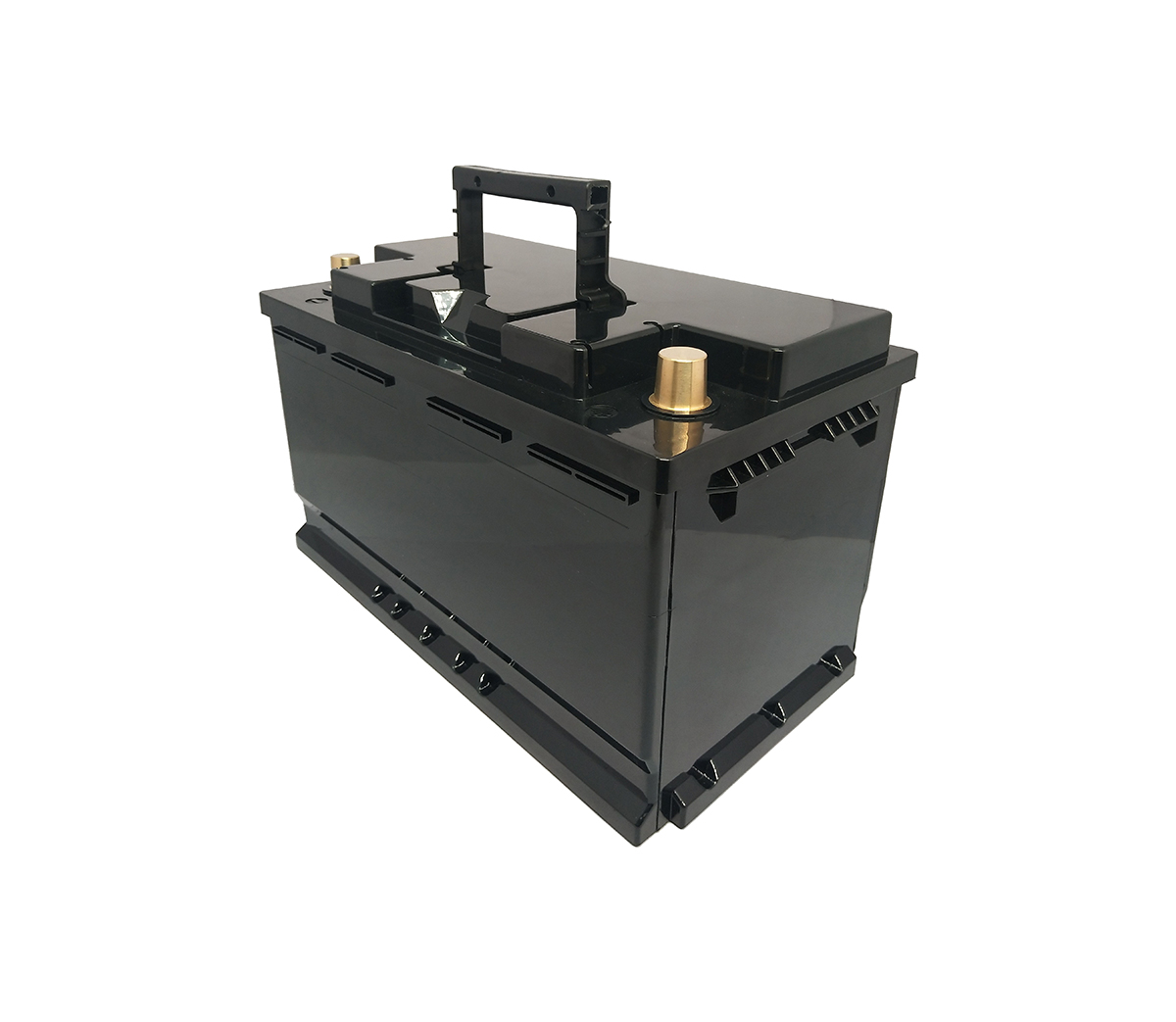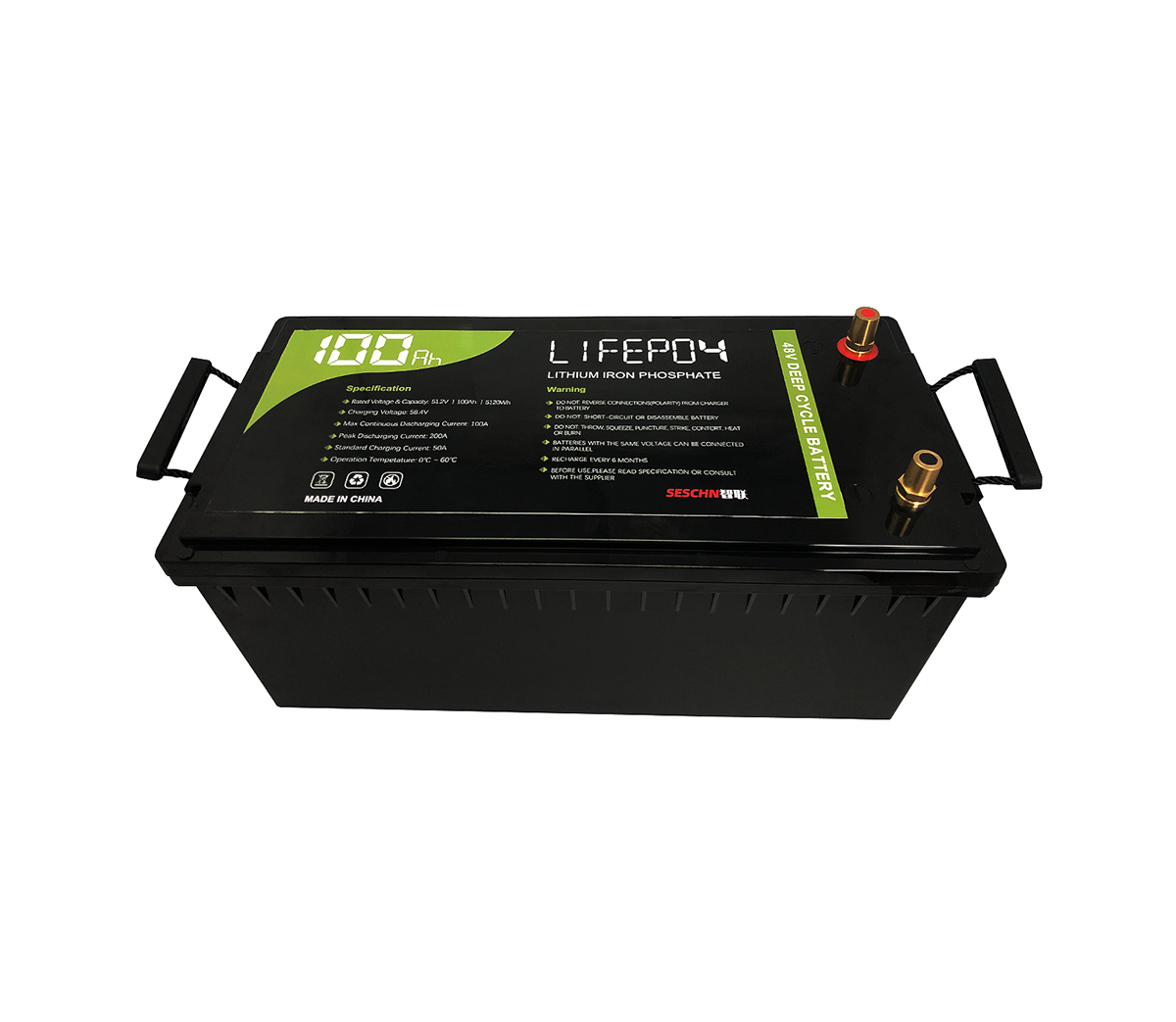One of the researches on the power lithium battery industry
In recent years, China's new energy automobile industry has developed
rapidly, and it has become one of China's leading industries in the world.
According to data from the Ministry of Industry and Information Technology, the
production and sales volume of new energy vehicles in China reached 794,000 and
777,000 in 2017, and the cumulative number of new energy vehicles reached 1.8
million, accounting for more than 50% of the global market, ranking it in the
world for three consecutive years. First
China's new energy vehicle industry has developed rapidly in recent years,
and has now become one of China's leading industries in the world. According to
data from the Ministry of Industry and Information Technology, the production
and sales volume of new energy vehicles in China reached 794,000 and 777,000 in
2017, and the cumulative number of new energy vehicles reached 1.8 million,
accounting for more than 50% of the global market, ranking it in the world for
three consecutive years. First. 1. Industrial policy analysis of the new energy
industry As an emerging industry, the rapid development of the new energy
automobile industry cannot do without national policy support. In order to
accelerate the industrialization of new energy automobiles, the state has
successively promulgated a series of relevant policy documents and formulated
and implemented subsidies. Policies, double-point policies, etc., have a major
impact on the development of the new energy automobile industry. Subsidy
Policy In order to support the development of the new energy vehicle industry,
the central government has arranged special funds to subsidize the production
and sales of new energy vehicles. After experiencing incidents such as
fraudulent subsidies for new energy vehicles, the Ministry of Finance and other
four ministries and commissions have made substantial adjustments to the subsidy
standards for the new energy vehicle industry, and strengthened the energy
consumption, driving range, battery performance, and battery performance of new
energy vehicles. Security requirements. The current specific subsidy standards
are as follows. Subsidy standards for new energy buses: The technical
requirements for new energy buses are: ①The energy consumption per unit load is
not more than 0.24Wh/km˙kg; ②The driving range of pure electric buses is
not less than 200 kilometers; ③The total mass of the battery system It accounts
for no more than 20% of the curb weight of the whole vehicle; ④The energy
density of the battery system of non-fast-charging pure electric buses should be
higher than 85Wh/kg, and the fast-charging rate of fast-charging pure electric
buses should be higher than 3C, plug-in hybrid power The fuel-saving rate of
passenger cars is higher than 40%. Subsidy amount = vehicle charged electricity
× unit electricity subsidy standard × adjustment factor (adjustment factor:
system energy density / charging rate / fuel saving level). New energy passenger
vehicle subsidy standard: The technical requirements for new energy passenger
vehicles are: ①The maximum speed of pure electric passenger vehicles in 30
minutes is not less than 100km/h; ②The quality and energy density of the power
battery system of pure electric passenger vehicles is not low At 90Wh/kg, the
subsidy is 1.1 times higher than 120Wh/kg; ③For pure electric passenger car
products, according to the vehicle's curb weight (m), the power consumption per
100 kilometers (Y) under working conditions should meet The following
requirements: when m≤1000kg, Y≤0.014×m+0.5; when 10001600kg, Y≤0.005×m+13.7;
④Working condition, pure electric driving range is less than 80km, plug-in
hybrid passenger car B state fuel A plug-in hybrid passenger vehicle whose
consumption (excluding fuel consumption for power conversion) is less than 70%
compared with the corresponding limit in the current national standard for
conventional fuel consumption, and the operating range of pure electric driving
is greater than or equal to 80km , Its power consumption per 100 kilometers in A
state meets the same requirements as pure electric passenger cars. Subsidy
standards for new energy trucks and special vehicles: The technical
requirements for new energy trucks and special vehicles are: ①The mass energy
density of the power battery system is not less than 90Wh/kg; ②The energy
consumption per unit load of pure electric trucks and special transportation
vehicles (Ekg) is not higher than 0.5Wh/km˙kg, and the power consumption
per ton per hundred kilometers (according to the test quality) of other pure
electric vehicles shall not exceed 13kWh. In 2017-2020, the subsidy standard
for other models except fuel cell vehicles has declined appropriately. The
subsidy standard for 2017-2018 will be reduced by 20% from 2016, and the subsidy
standard for 2019-2020 will be reduced by 40% from 2016. In addition, not all
manufacturers of new energy vehicles that meet the technical requirements can
receive subsidies. In order to obtain subsidies, new energy vehicles must first
be equipped with the power battery products of the enterprises listed in the
"Automotive Power Battery Industry Standard Conditions"; secondly, new energy
vehicles must be included in the "Recommended Models Catalog for the Promotion
and Application of New Energy Vehicles", and new energy vehicle products should
be included You can apply for subsidies only after the "catalog" is sold and
promoted. The implementation of the new subsidy policy will undoubtedly have a
huge impact on the new energy automobile industry. The new requirements such as
battery energy density and energy consumption coefficient introduced in the new
policy make the previous business model that relied on low-cost and low-end
models such as mini cars and small cars to be profitable. In order to continue,
companies that master core technologies will have an advantage in the
competition, and the new energy automobile industry will enter a period of
survival of the fittest. Double Points Policy On September 27, 2017, the
Ministry of Industry and Information Technology, the Ministry of Finance, the
Ministry of Commerce, the General Administration of Customs, and the General
Administration of Quality Supervision, Inspection and Quarantine jointly
announced the "Measures for the Parallel Management of Average Fuel Consumption
of Passenger Car Companies and New Energy Vehicle Points", which is the
so-called The "dual points policy" of the company will implement management of
future enterprise fuel consumption points (CAFC) and new energy vehicle points
(NEV), and it will be implemented on April 1, 2018 (only points are scored in
2018). The implementation of this policy not only requires car companies to
continuously reduce the average fuel consumption of traditional fuel vehicles,
but also to produce and sell new energy vehicles. The calculation formula of
fuel consumption points is (the average fuel consumption of the enterprise meets
the standard value-the actual value of the average fuel consumption of the
company) x annual production. Enterprises with negative fuel consumption points
can purchase fuel consumption points from their associated car companies with
positive points or produce more new ones. Energy vehicles, purchase new energy
points from other car companies, and use enough new energy points to make up for
it. At the same time, in accordance with the requirements of the dual points
policy, the proportion of new energy vehicle points for auto companies in 2018,
2019, and 2020 must reach 8%, 10%, and 12%. New energy vehicle scores can be
freely traded, but cannot be carried forward. 2, the booming new energy vehicle
market In 2017, China's new energy vehicle sales volume was 777,000, a
year-on-year increase of 53.25%. Among them, the sales of new energy passenger
vehicles was 578,000, an increase of 72.02% from 2016; the sales of new energy
commercial vehicles was 198,000, an increase of 15.79% from 2016. According to
the "Medium and Long-term Development Plan for the Automobile Industry" jointly
issued by the Ministry of Industry and Information Technology, the National
Development and Reform Commission, and the Ministry of Science and Technology in
April 2017, by 2020, China's annual production and sales of new energy vehicles
will reach 2 million, and by 2025, China's new energy penetration rate will
reach More than 20%. In order to achieve the goal of production and sales of 2
million vehicles in 2020, the compound growth rate of production and sales of
new energy vehicles in China from 2017 to 2020 will reach 37%. New energy
passenger vehicle market Since 2014, China's new energy passenger vehicle sales
have continued to increase. Sales in 2017 increased by more than three times
compared with 2015 sales. Although the year-on-year growth rate decreased in
2017, it remained at 72 % High. Taking into account the growth rate of fuel
passenger vehicles and the dual-point policy requirements, it is estimated that
the sales of new energy passenger vehicles in China from 2018 to 2020 will reach
950,000, 1.34 million, and 1.84 million, respectively, with a compound annual
growth rate of 47%. Affected by the subsidy policy of heavy electricity and
light mixing, pure electric vehicle sales have gradually become the mainstream
of new energy passenger vehicle sales. The proportion of pure electric vehicle
sales in the total sales of new energy passenger vehicles has increased from 64%
in 2015 to 2017 81%. As power battery technology advances, energy density
increases and new energy vehicle market recognition increases, it is expected
that the proportion of pure electric vehicles will further increase.


































